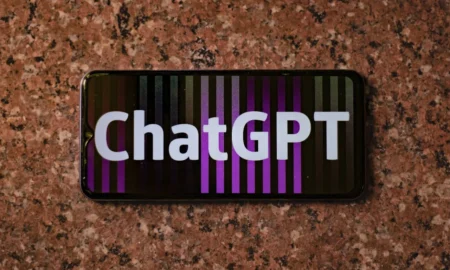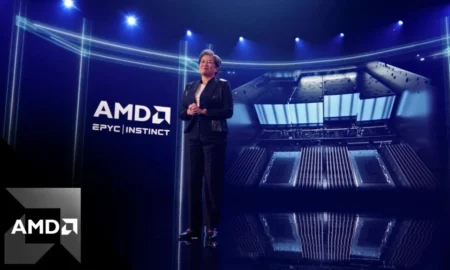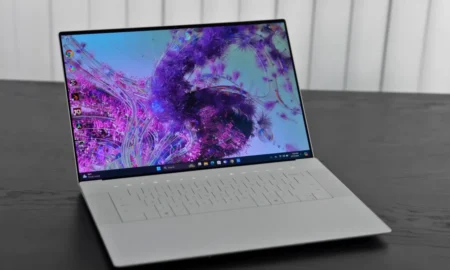The world of open-source AI models, especially in Natural Language Processing (NLP), has turned things upside down—in a good way. It’s like everyone now has the keys to this magical kingdom of cutting-edge tech. And it’s sparking all sorts of creative fireworks. In this exciting mix, we’ve seen something very good emerge: Mixtral models.
Rather than typical AI; they mix and match different AI tricks to get even better at understanding and generating language for making sense of context and conversation. This journey has been filled with some standout moments that have pushed the envelope, and it’s incredible how much open-source efforts have fueled this innovation. Seriously, it’s changing the game in how we use tech in our day-to-day lives. Isn’t that something?
Early Developments in NLP
Way back, the NLP was more of a brainy club where the big question was: How can we get computers to understand human language? The first steps into NLP were pretty much experimental, laying down some tracks for what was to come. But it was a bumpy ride because, at that time, computers weren’t exactly the powerhouses we know today, and trying to untangle the complexities of language with the hardware configurations they had was a tough job.
The early attempts were all about setting up rules for the computer to follow, kind of like teaching a robot to speak by giving it a rulebook. But as you can guess, language is a wild beast—full of twists, turns, and subtle hints. These rule-based systems were, well, a bit stiff. They couldn’t catch the vibe of how people actually use language in different contexts. It was clear we needed something smarter, something that could bend and flex with the intricacies of language. And that’s exactly what set the stage for the next leap in NLP.
Rise of Machine Learning in NLP
There was a huge turn in the world of Natural Language Processing (NLP) when machine learning algorithms strutted onto the scene. Suddenly, we moved away from those old-school, rule-based models to something way cooler: systems that could actually learn and get better from the data they were fed. This shift brought us some real heavy hitters, like recurrent neural networks (RNNs) and transformer models—you might have heard of BERT. These innovations took NLP to another level, making computers understand and generate language in a way that feels way more natural and in tune with context.
Whether it’s translating between languages, figuring out if a review is thumbs up or thumbs down, or answering questions, these advancements make things very easy. And the best part is that the explosion of machine learning in NLP has shown how great and crucial open-source communities are, making sure these upgraded tools are out there for anyone and everyone.
Current State of Open Source AI Models in NLP
The open-source AI models in NLP are buzzing right now, with tons of new ideas flying around with the nice kid on the block called Mixtral by Mistral AI, showcasing some serious moves with its Sparse Mixture of Experts (SMoE) approach. They’ve found a smarter way to use computer brains, choosing the best “expert” networks for different tasks to make everything run smoother and smarter. It’s a big leap forward in making these AI systems work better on all sorts of language tasks.
But it’s not all smooth sailing, we’re still wrestling with some big questions, like how to make these AI models easier to understand, cut down on the energy they use, and fix the biases that sneak into the data they learn from. These challenges are keeping everyone on their toes, sparking lots of teamwork and new ideas in the open-source world.
Further, all this innovation is making real-world technology, like the automated chatbots that help you out when you’re shopping online or the apps that translate languages on the fly, way more helpful and savvy. They’re getting better at understanding data and nuances, which means a smoother ride for everyone navigating the digital world. It’s an exciting time to see how these advances are opening up new possibilities and making the latest innovations more accessible and useful for us all.
Future Directions
The NLP field is on the edge of something big, really big. Thanks to some major breakthroughs, like the Sparse Mixture of Experts (SMoE) method Mixtral is showing off, we’re looking at AI that’s not only smart but very adaptable and efficient. Imagine AI that gets the twists and turns of human language like never before. We’re talking about AI that can get the idea of what we’re saying, make chatting with bots feel like talking to a friend and even eliminate the annoying biases that sneak into AI, making it fairer for everyone.
And let’s not forget the powerhouse behind all this work: the open-source community which is making sure the newest and greatest tech isn’t just for a select few but for everyone, everywhere. So, with these new AI models joining forces with the open-source world, we’re on the cusp of a new Artificial Intelligence era. We’re talking about something that does not only has greater availability but is also extra smart at picking up on the subtle things that make human language so special.
Final Thoughts
The journey of open-source AI models in Natural Language Processing (NLP) is like a thrilling tale of teamwork and open-sharing that’s taken us to some pretty amazing places. Remember when LSTM networks were all the rage? Fast forward a bit, and then transformer models like BERT and GPT come along, blowing our minds by making machines understand language almost as well as we do and a lot of that has happened because of the open-source world.
Places like GitHub and the very helpful libraries from Hugging Face Transformers have been speeding up how fast these awesome models get out into the world, ensuring that the cutting-edge technology isn’t locked away in some ivory tower but is available for everyone to play with and improve. This idea of working together and keeping things open has done wonders. It’s not only about making progress faster; it’s about making sure everyone can get in on the action—researchers, coders, even big and small companies.
It’s a mix of top-notch tech and community spirit that’s making sure the future of the digital world is something we all get to shape and benefit from. Looking back at how far we’ve come with open-source AI in NLP, it’s clear: keeping things open and collaborative isn’t just a nice to have; it’s a crucial element that’s going to keep the wheels of innovation turning.
Discover more from Technical Master - Gadgets Reviews, Guides and Gaming News
Subscribe to get the latest posts sent to your email.








